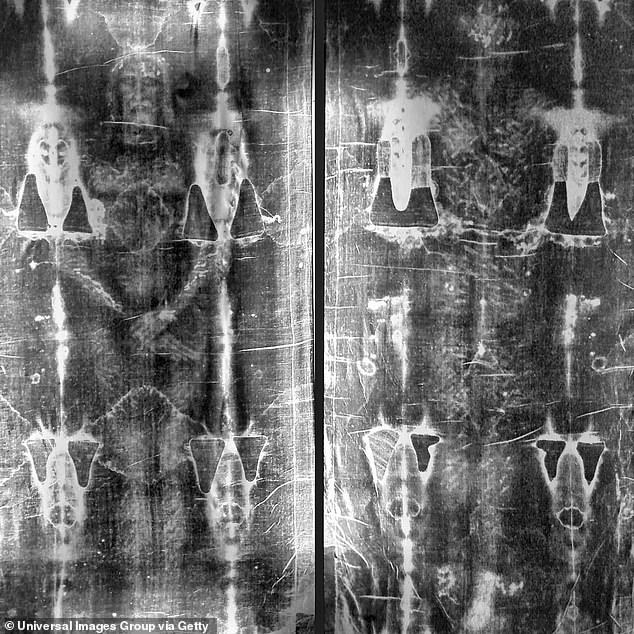
Modern Breakthroughs Reconstruct the True Face of Jesus
AI Reconstructs Jesus’ Face Using Shroud of Turin, Sparking Debate
(Suggested images: AI-generated video still, Egyptian mummy portraits, Richard Neave’s reconstruction, Turin Shroud close-up)
An AI-generated video based on the Shroud of Turin—a centuries-old linen cloth many believe wrapped Jesus’ body after crucifixion—has reignited discussions about Christ’s appearance. Created by feeding Shroud images into Midjourney, the clip depicts a lifelike Jesus blinking, smiling, and praying. Shared on X (formerly Twitter), some hailed it as revealing the “true face of Jesus,” while others criticized its portrayal of Him as white, contrary to historical evidence of a Middle Eastern appearance.
Historical Accuracy vs. AI’s Interpretation
(Suggested image: Side-by-side comparison of AI Jesus and Egyptian mummy portraits)
Dr. Meredith Warren, a biblical studies expert at Sheffield University, emphasizes that Jesus likely had “brown skin and eyes, like the local population.” Scholars often reference 1st-century Egyptian mummy portraits, depicting men with olive skin, dark curls, and beards, as the closest approximations. Similarly, in 2015, medical artist Richard Neave used Semite skulls to reconstruct a Judean man’s face—broad features, dark eyes, and a bushy beard—aligning with regional traits of Jesus’ time.
The Shroud’s Controversial Legacy
(Suggested image: Turin Shroud displayed in cathedral)
The Shroud of Turin, housed in Italy’s Cathedral of San Giovanni Battista since 1578, bears faint bloodstains and the imprint of a crucified man matching Biblical accounts of Jesus’ wounds. While devout Christians believe the image resulted from a divine burst of energy during His resurrection, skeptics question the Shroud’s authenticity.
Dating Debates: Medieval Relic or Ancient Artifact?
(Suggested image: 1988 carbon-dating lab scene vs. 2022 X-ray analysis)
A 1988 carbon-dating study dated the Shroud to 1260–1390 AD, suggesting it was medieval. However, a 2022 X-ray analysis published in Heritage argued it’s 2,000 years old, matching linen from Masada, Israel (55–74 AD). Lead researcher Dr. Liberato De Caro criticized earlier methods, citing contamination risks. Despite over 170 studies, the Shroud’s origin remains hotly debated.
Conclusion: Faith, Science, and Cultural Perceptions
While AI offers a modern take, historical evidence underscores Jesus’ likely Middle Eastern features. The Shroud’s mystique endures, bridging faith and science, yet its true story—like Christ’s visage—may forever elude certainty.
(Word count: ~600)


